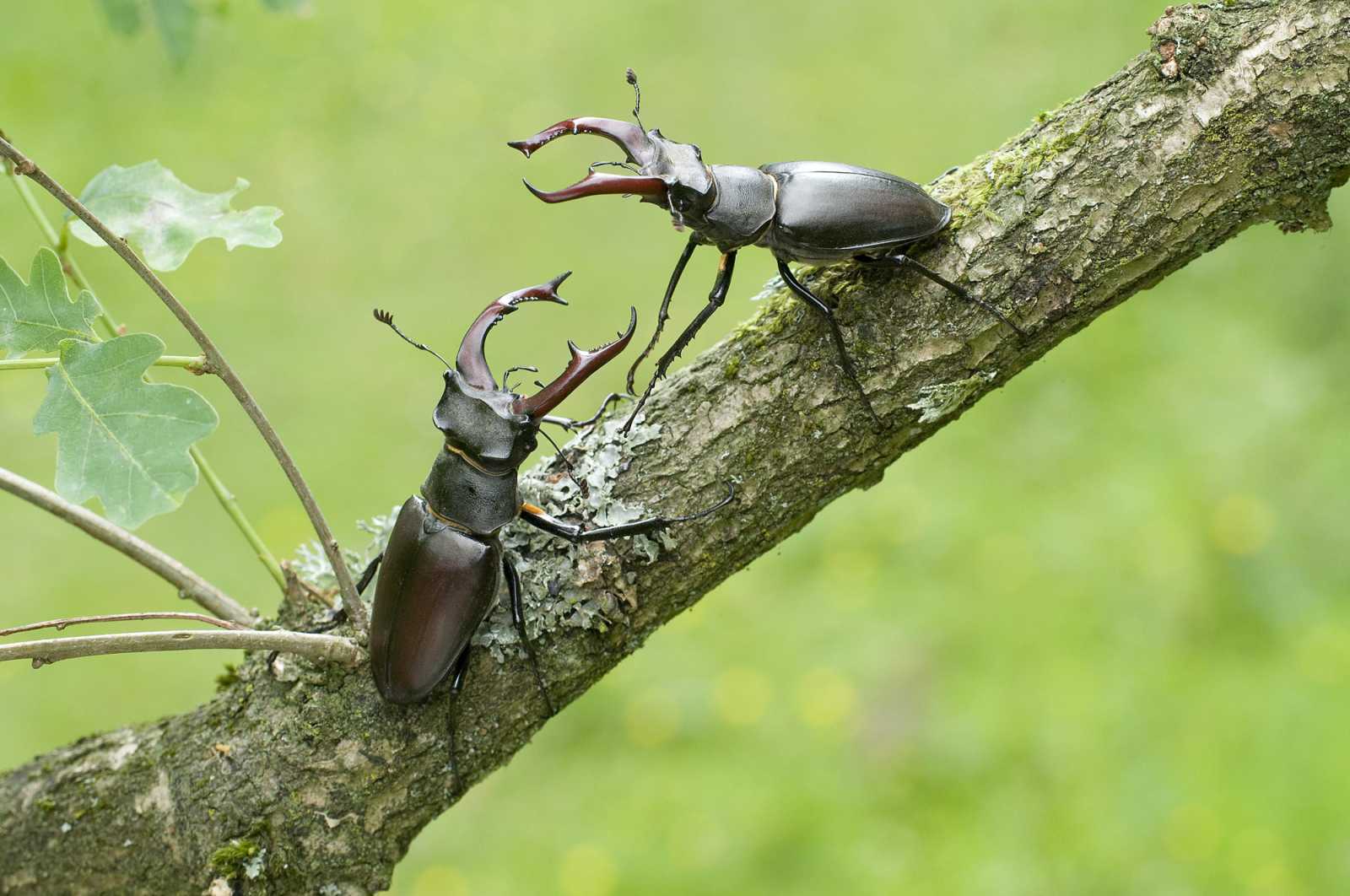We're lucky in Henfield to have quite a few of these rather rare endangered creatures appearing at this time of year. Keep a special eye out for them and put them in a safe place - they can look rather intimidating but they are completely harmless! Andrea May tells us more.
Coming back from a walk one golden June evening we saw a stag beetle resting on the warm tarmac of the drive, right where the car wheels might crush him. We eased him onto some cardboard and put him in the back garden – his ideal home as full of wood living and dead. He waved his stag antlers a little, but still seemed dozy from his long hibernation. If you are lucky enough to meet one of these gentle giants of the beetle world, it is a bit like witnessing the last lap of a beetle marathon. By the time the male has made it out into the world in summer, he has spent five to seven years of his life underground, munching away on decaying wood and roots, growing into a curved fat white grub as big as a two pound coin.
He then pupates into an adult beetle, staying one more winter underground to finally emerge in May and June. Even then he must run the gauntlet of cats, big birds, people and cars, before he takes off into the air to fly around on summer evenings looking for a mate. The female will return to the nesting site once she has mated. It is the male who is often found sunning himself on drives or roads, innocent to danger and gathering strength for his evening of flying. His wonderful stag-like antlers are jaws which do no harm to people, but are used for fighting off other males in the great courtship quest.
Stag beetles are protected under the Wildlife and Countryside Act, but are currently endangered in Britain. The trend for ‘tidying up’ gardens, parks and woods in recent years destroys what they need – decaying logs and wood, trees and peace! In and around Henfield, we are still so lucky that we have so much timeless English countryside – still able to provide a safe haven for a myriad of wildlife including stag beetles. It is a measure of the ancient and peaceful quality of our fields, woods and hedgerows that we can enjoy the richness of such wildlife upon our doorstep.
We can do plenty though, and help our children to see their first stag beetle and remember how it waved its antlers, or wonder at its lumbering flight over the village. Just leave some old logs in your garden undisturbed for some years, and if you encounter one, remember he is not dangerous, but in the final push of the marathon – to find his mate and continue his line as he will only live until August.
Andrea May
Image by Derek Middleton © Sussex Wildlife Trust
